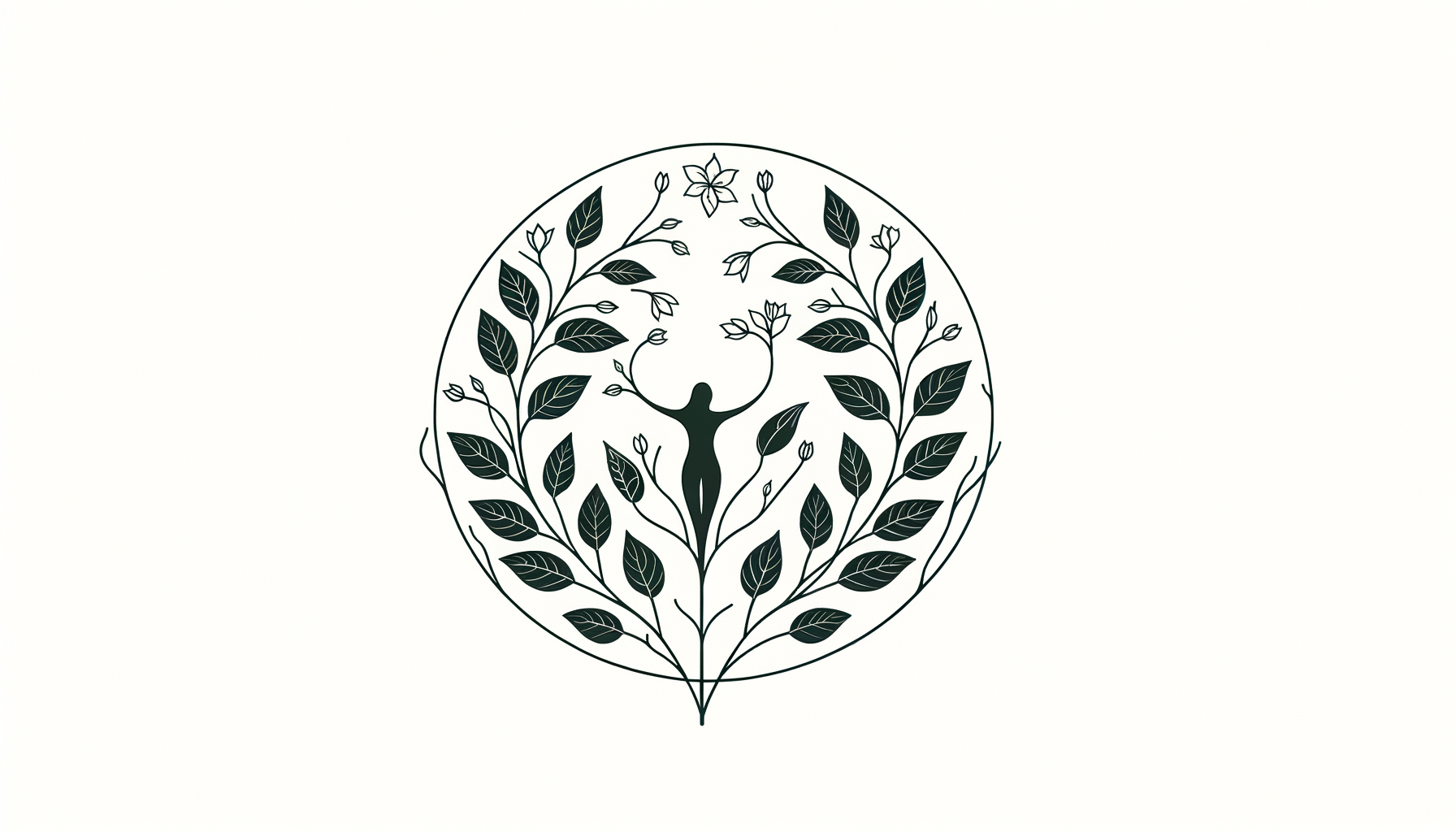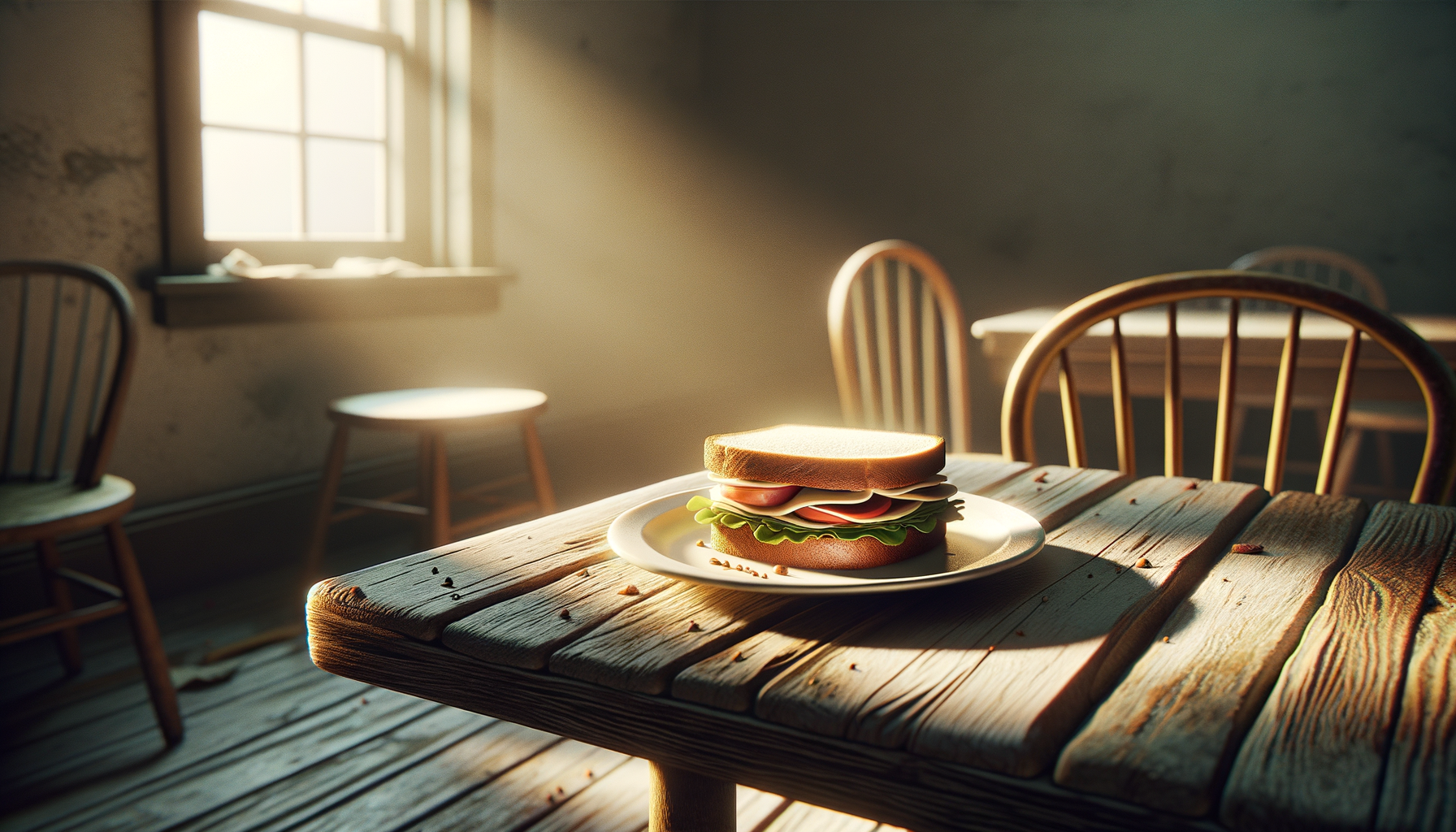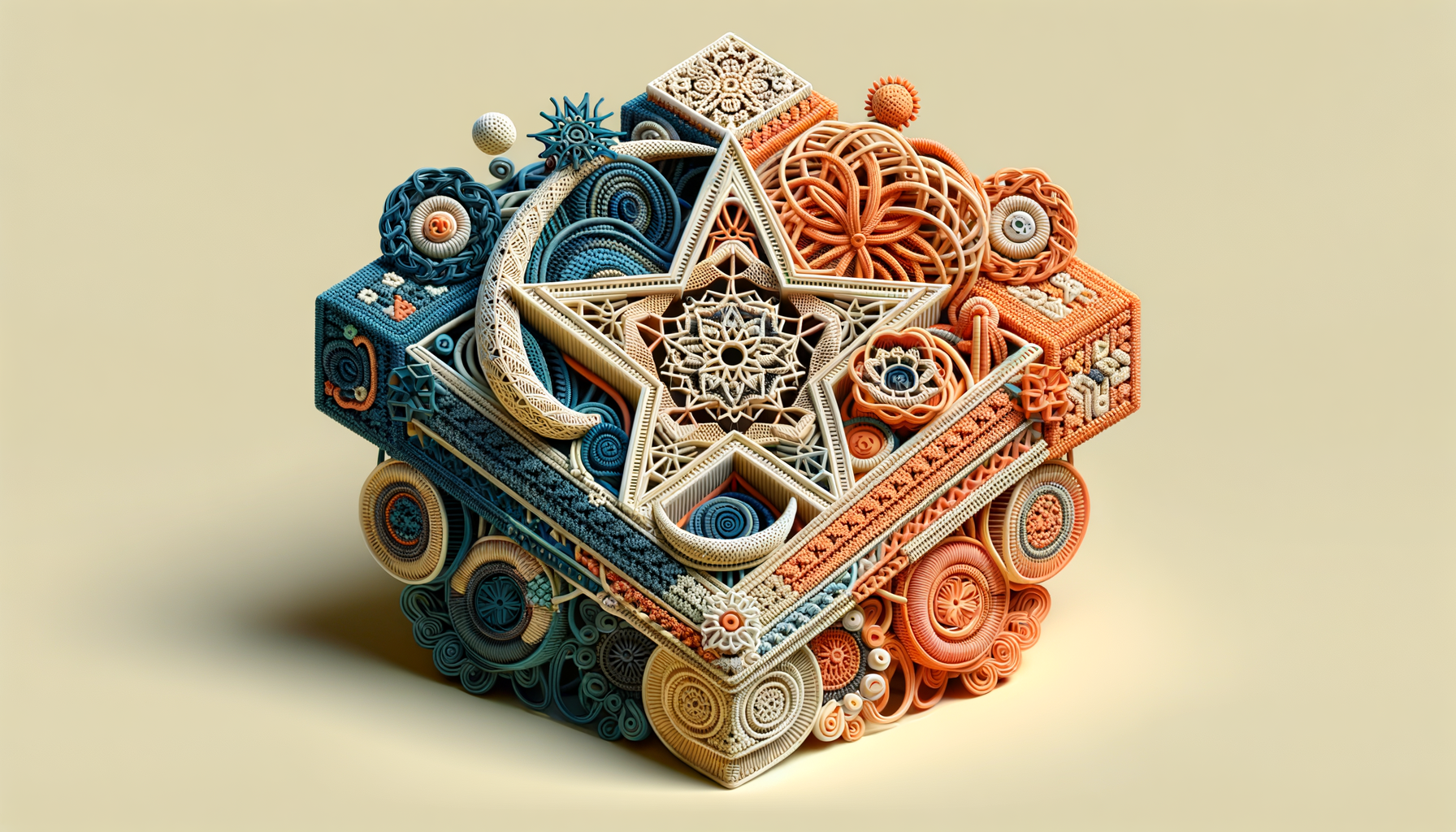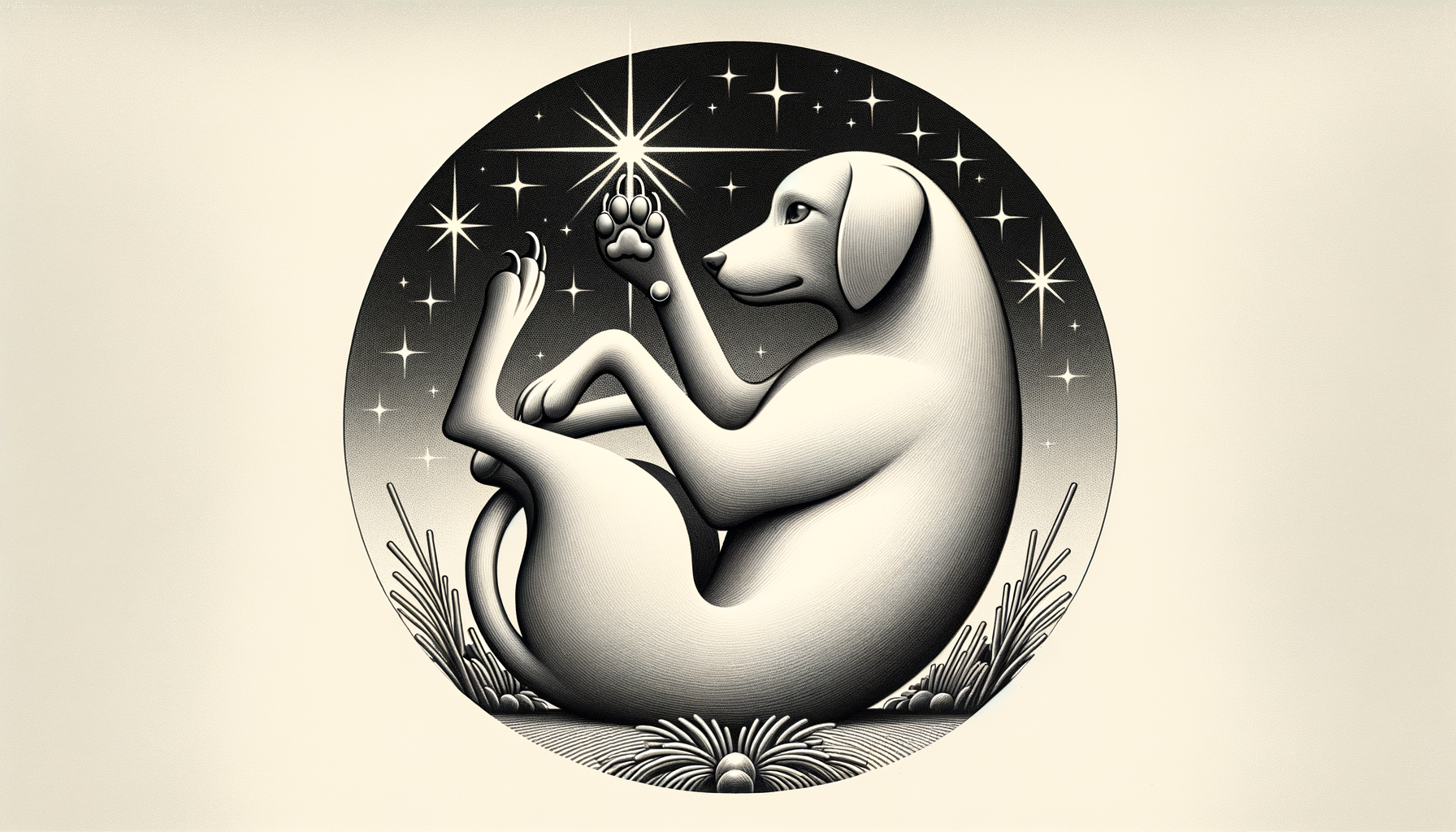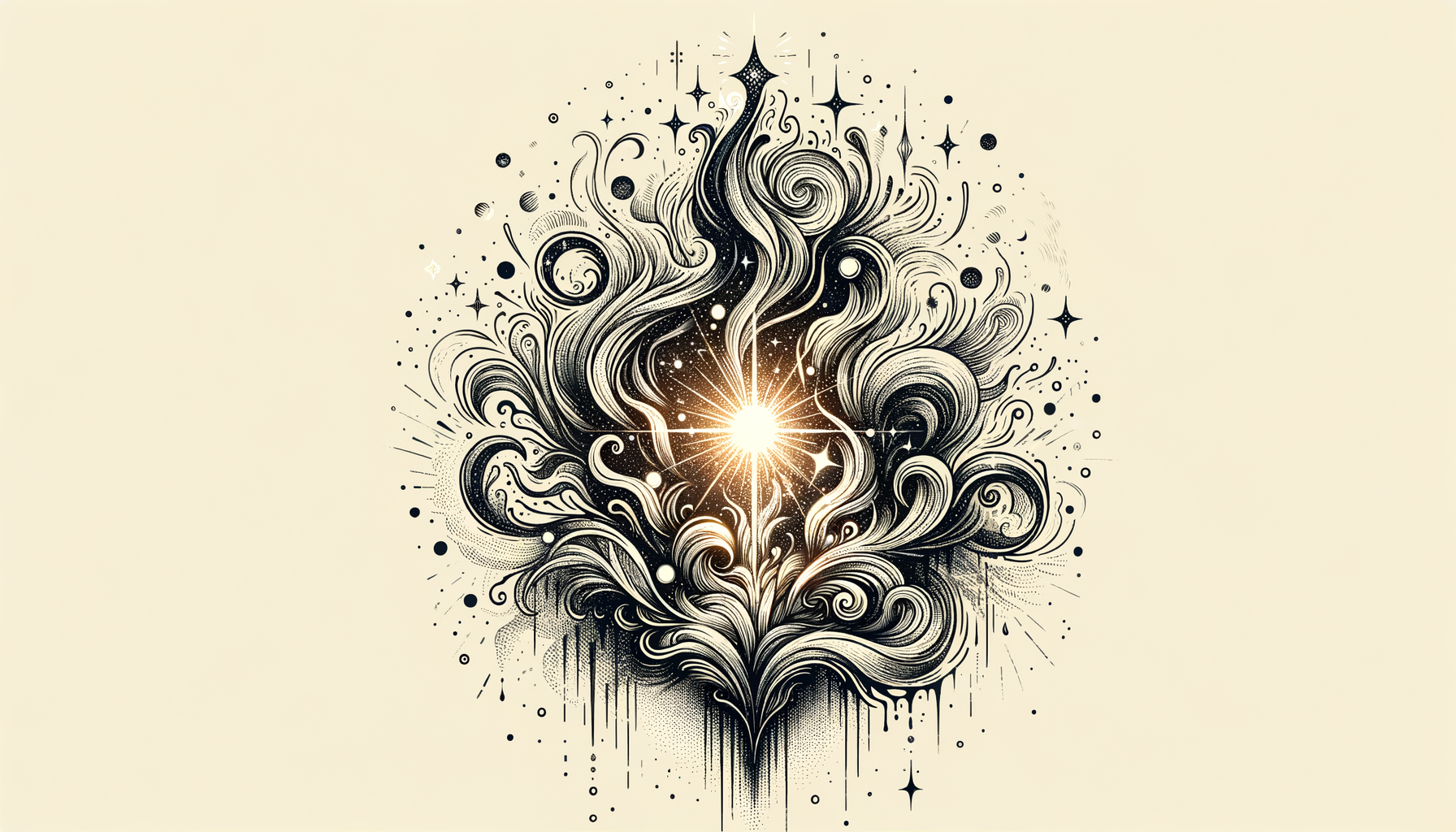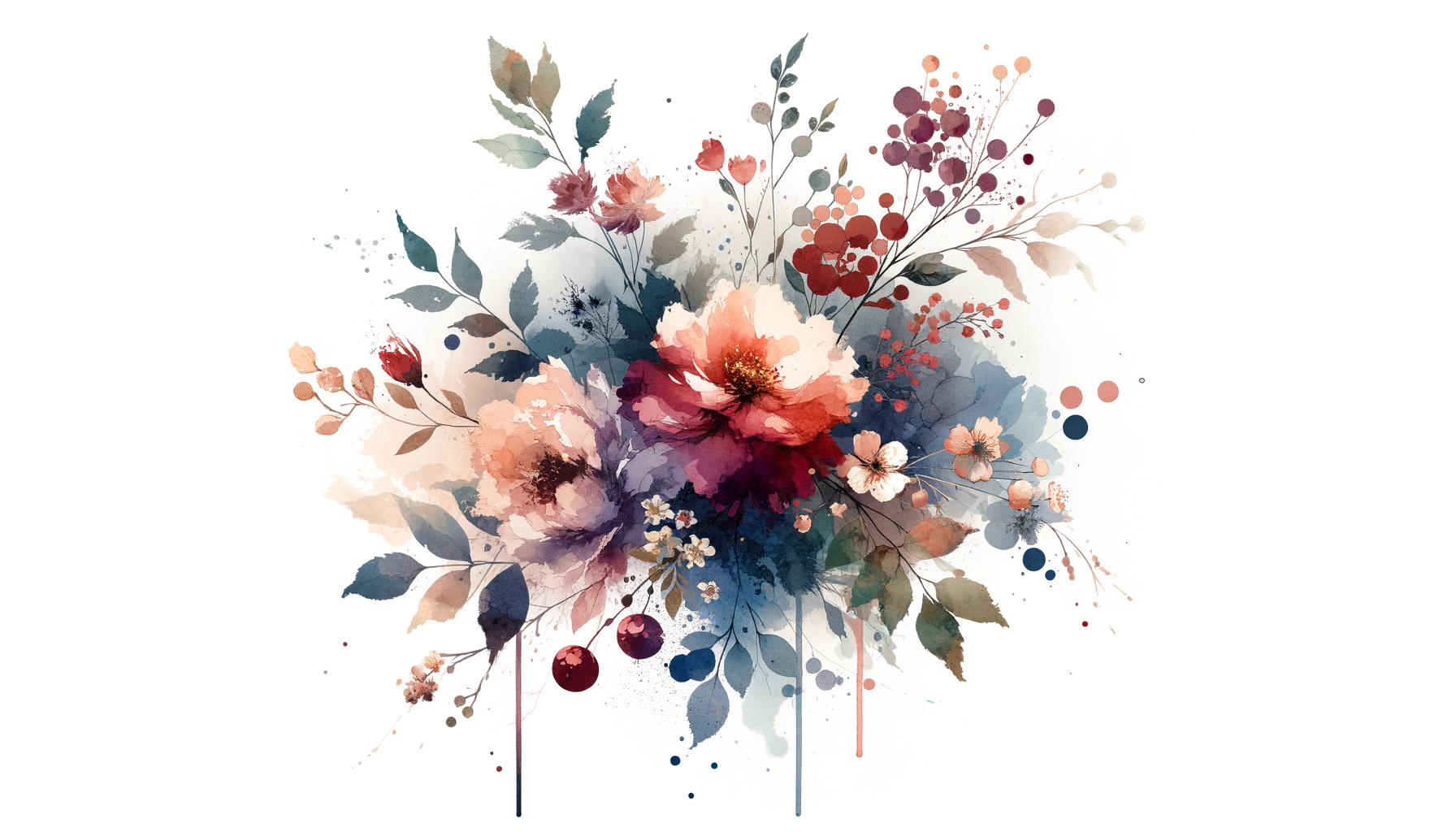"Mirror, Mirror, on the Wall": The Introduction I Never Wanted
There was a time in my life when my reflection and I were barely on speaking terms. I’d glance in the mirror, armed with a mental checklist of perceived flaws, ready to launch into a highlight reel of what I wasn’t. Sure, I had a supportive family, an education I’d worked hard for, and a career I loved. But none of it could fill the gnawing gap left by my inability to fully love myself—flaws and all.
I thought self-love would magically appear once I checked off a life goal or found the right romantic partner ("Ebony + mysterious, poetry-reciting stranger = happily ever after," anyone?). Spoiler alert: It doesn’t work like that. Love—real, unconditional love—can sometimes be the hardest when it’s aimed inward. Fortunately, like any good relationship, it’s worth the effort.
This is the story of how I went from harsh inner critic to the kind of confident woman who can unapologetically order extra guac without second-guessing if it’s "worth it." (It always is.)
Step 1: Unlearning the Perfection Myth
I blame the 2003 rom-com Miss Congeniality. Let’s be real: Sandra Bullock made "transformation" look way too easy. One scene, she’s eating doughnuts in sweatpants; the next, she’s strutting in sequins with fixed brows and impossibly shiny hair. The not-so-subtle message? You’re only lovable once you glow up.
But here’s what life taught me: Perfection is a moving target, and it never stays hit for long. (Also, my natural hair doesn’t "do" impossibly shiny, no matter how many Pinterest hacks I try.) So, I had to dismantle this lie that self-love kicks in once x, y, and z are “fixed.” Instead, I started embracing where I was, imperfections intact.
How? By flipping the script on negative self-talk. Instead of “Ugh, why can’t you be more disciplined?” I’d say, “You’re juggling a full plate right now—cut yourself some slack.” A journal became my sounding board. I’d jot down wins each day, no matter how small. Took the stairs instead of the elevator? Win. Chose kale over fries? (Okay, a rare win, but it’s in there.) With time, I trained my brain that it’s not failure to celebrate where you are—because where you are is already enough.
Step 2: Breaking Up With Comparison
Instagram deserves its own therapy session. There I was, minding my business, when along comes her—the friend from high school who just bought a house, rocks flawless skin, and hosts cocktail parties in a kitchen the size of my last apartment.
It’s human nature to compare, but the scale is almost always rigged. You’re measuring your behind-the-scenes against someone else’s highlight reel. And I was the queen of doing this not just online—but offline too. I’d compare my career to peers, my cooking skills to my mom’s (hers came with actual seasoning expertise), and my relationship status to, well, everyone married by 30.
Here’s the trick to dodging the comparison trap: Get curious instead of envious. When those pangs of inadequacy knocked, I started asking myself, “What do I really want that I’m seeing in them?” Sometimes, it turned out I didn’t want what they had—their two-story house sounded great until I realized I hate yard work. And for the things I did want, their success became permission to dream bigger for myself instead of proof I was failing. Their shine didn’t dim mine.
Step 3: Decluttering the Emotional Closet
You know that dress we all keep in our closets? You’re not sure why it’s still there—it doesn’t fit, and you haven’t touched it since the Obama administration—but somehow, the idea of getting rid of it feels impossible. That dress perfectly described some of the mental baggage I’d been holding on to.
For me, that baggage included toxic friendships that drained me, old mistakes I’d let define me, and even the belief that being “nice” meant saying yes to everyone except myself. It took time, but I finally Marie Kondo-ed my emotional closet. I gave friendships a litmus test: Do I feel better or worse after spending time with this person? If it was worse, I gently let go. I had hard conversations (with others and myself) and learned that guilt for prioritizing my peace was unnecessary weight to carry.
And, let me tell you, when you shed what no longer serves you, you’re lighter in ways you didn’t think possible.
Step 4: Falling In Love With My Own Company
Fun fact: when you don’t love yourself, being alone can feel like punishment. There was definitely a time when a Saturday night solo made me restless—like I needed something external (a text thread, a Netflix binge, a snack run) to distract from being present with, well, me.
But there’s a beauty to solitude when you let yourself experience it fully. These days, solo moments are one of the ways I reconnect. I take myself out—to bookstores, wine bars, or morning walks in quiet Dallas neighborhoods. At first, it was awkward—I half-expected people to whisper, “Aw, Ebony must not have any friends.” Turns out, no one cared; they were busy living their own lives. And I quickly found these outings left me feeling recharged instead of drained. Self-love thrives in stillness.
Step 5: Finding My Joy—Then Guarding It
Joy and self-love are on the same frequency. So, I started treating the things that made me happy—dancing around my living room to Erykah Badu, pretending I was competing on Chopped in my kitchen, curling up with Toni Morrison on a rainy day—as sacred rituals.
One joy-building thing I stopped doing? Apologizing. Whether it was for declining invites I wasn’t into or taking a book-writing weekend instead of filling it with social plans, I realized joy wasn’t “selfish.” It was my way of refilling a cup that anyone else’s hands may try to drain.
Tip: Make a joy list. Write down the everyday things that make you feel alive, no matter how small, and find ways to weave them into the cracks of your day. Your favorite joys are extensions of the person you’re becoming—and if you can cherish them, you’re halfway to cherishing yourself.
The Love Letter I Write Every Day
My definition of self-love isn’t wrapped in spa days and affirmations scribbled on Post-Its (though those do have their charm). It looks like showing up for myself consistently, speaking to myself with kindness, and resisting the urge to keep waiting for life—or my reflection—to be "perfect."
Learning to love myself has been less of a singular accomplishment and more of an ongoing relationship. Some days, it feels like a steady August breeze; other days, it’s like trying to fold a fitted sheet—frustrating and awkward. But no matter how messy or graceful it gets, one truth remains: I’m all in.
At the end of the day, the relationship you have with yourself sets the tone for every other connection in your life. So why not make it a love story that makes you proud?



